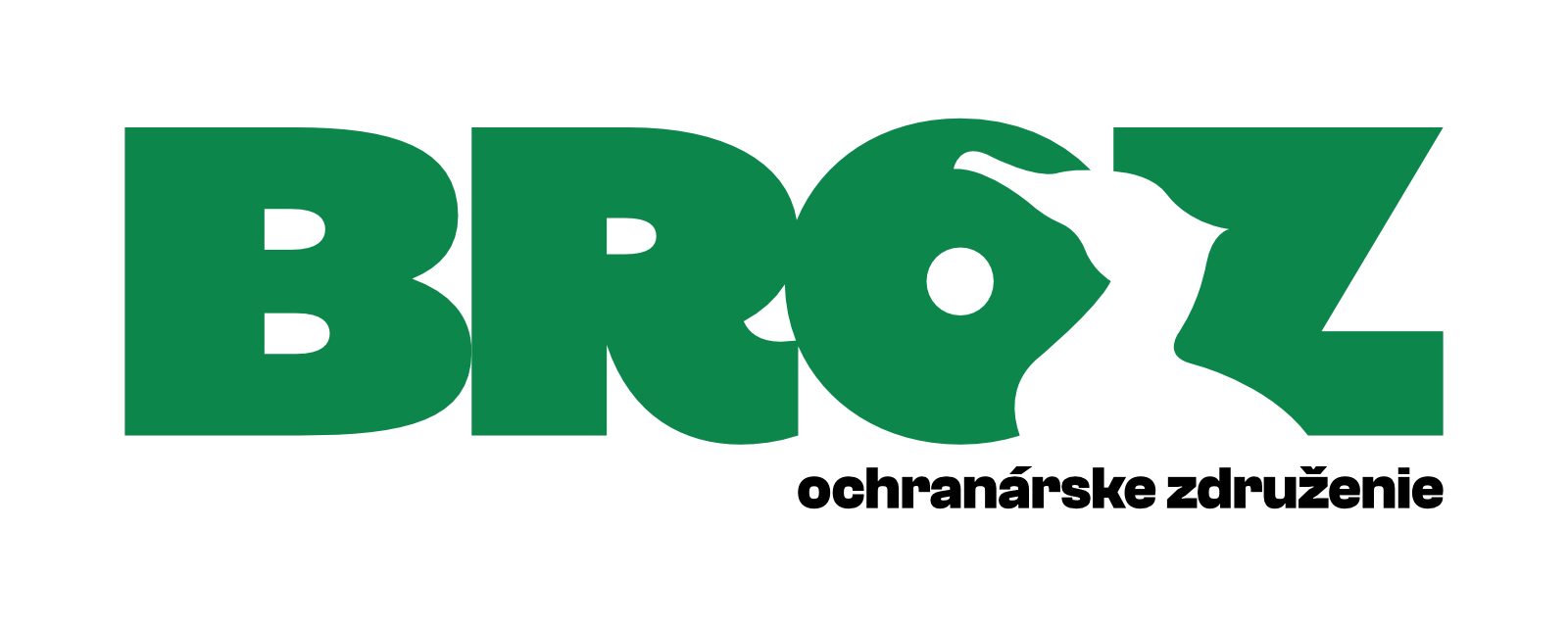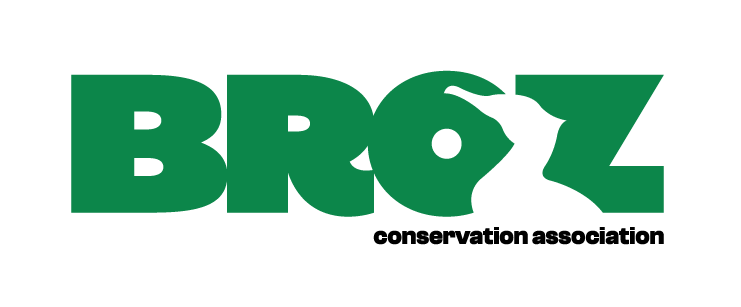The best examples of successful revitalization measures, discussions with experts, advice on what to avoid and what works well and in the long term, new professional contacts with representatives of various institutions, the opportunity to discuss current challenges. All this on the spot, with your own eyes, ears and skin. These are all reasons why organizing professional field trips makes sense! It is an input for the future, often motivation and inspiration for professionals from different fields. If it is an excursion from our Austrian colleagues from Viadonau and the Donau-Auen National Park, it is, among other things, a glimpse of successful revitalisation measures over time. They, too, started slowly, but in the decades that they have been implementing revitalisation measures, they know that large-scale revitalisation measures can be combined very well with boat traffic, whether below or above stream dams. Such measures subsequently work much more naturally and at the same time contribute significantly to flood protection and mitigate the negative impacts of river flow regulation. Not to mention the river habitat itself, which comes alive thanks to such restoration – bringing dynamic, everyday change and life with it.
That’s why we at BROZ try to organize such events, which was achieved in mid-September thanks to the international LIFE project Dynamic Life Lines Danube. In the company of experts from the Ministry of the Environment of the Slovak Republic, the Slovak Water Management Company, Water Management Construction, the Research Institute of Water Management, district authorities, the Faculty of Natural Sciences of Comenius University, as well as WWF or companies involved in revitalisation measures on a voluntary or professional level, we took part in a one-day excursion to our Austrian partners in the Donau-Auen National Park. In the company of experts from the national park and the Viadonau organisation, we sailed along the Danube where the beautiful Spittelauer side arm has been restored. We had the opportunity to enjoy the beauty of nature shaped by a free river. Despite the fact that the flow in the Danube was currently very low, there was much to admire. Beautiful natural river banks, changing gravel benches and islands. The view of the beautiful wide arm full of gravel was fantastic even at the end of the season and without water. This is just what the native Danube fish species need – gravel at the bottom of the side arms, where the water flows most of the year, but occasionally stays dry.
Our thanks go to the excellent guides from the Donau-Auen National Park for a pleasant but at times appropriately dynamic cruise. Robert Tögel (Viadonau) and Stephan Schneeweis (Donau-Auen NP) for their excellent explanations, emphasising the importance of such measures, but also for reminding us that a river landscape without dynamic and functional natural processes cannot fulfil its role in the ecosystem. Only a dynamic river landscape, where natural processes are preserved, can model its own space, as well as provide the necessary nutrients and create the conditions for the preservation, restoration and growth of rare floodplain forest habitats.
“Let the river do its job”. This motto contains a great message. The path to this approach was not easy even for our Austrian colleagues. But it was certainly worth it. To the surprise of many of those involved, even the removal of the 3 km of bank fortification, the lowering of the groynes and their disconnection from the bank to allow the river to do its job, to simply flow, to reduce sedimentation in the bottom and to create places where fish can find refuge and breeding grounds, none of these fantastic measures for nature have endangered or negatively affected river traffic and navigation. The stretches that we sailed together were a clear example that this is working.









